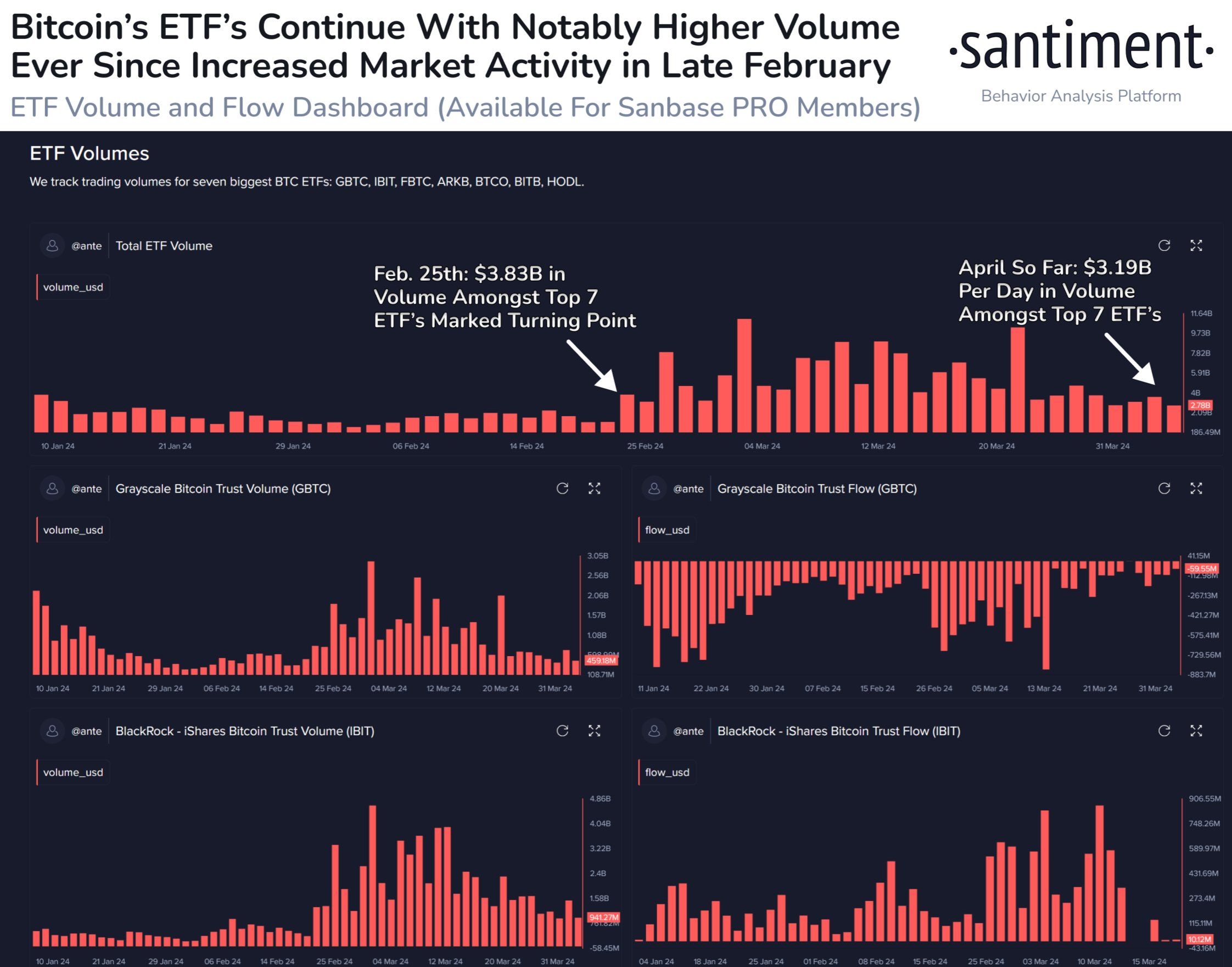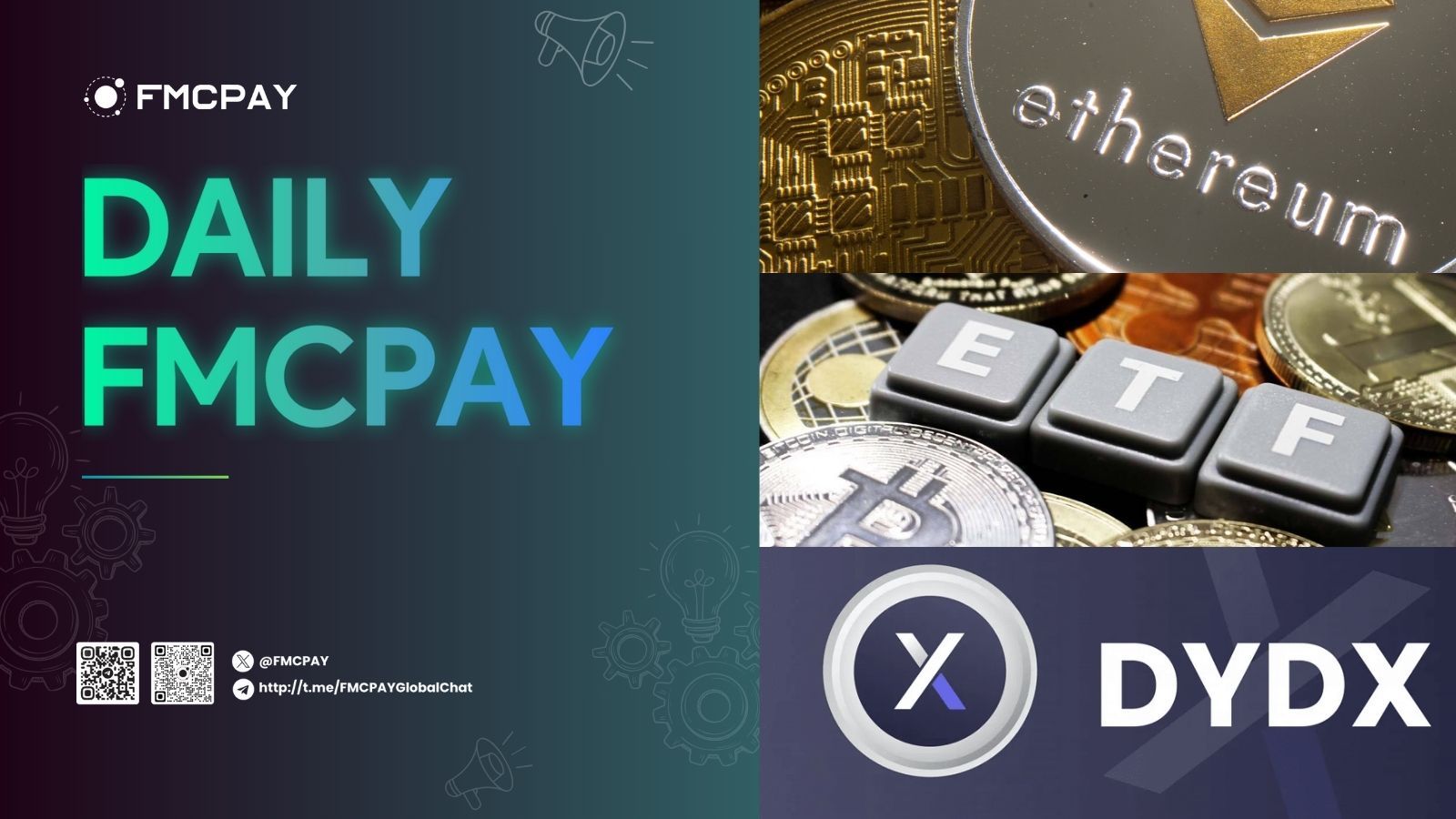The supply of Ethereum (ETH) has been operating for 1 year, 3 years and 5 years is now at the lowest level on record.
The quantity of tokens transferred from one wallet to another, or the active rate of Ethereum (ETH), is at a record low during the last year, according to research statistics. The reserve ratio has decreased by more than half from its peak and nearly reached an all-time low on the 30- and 90-day timeframes.
The supply of Bitcoin has increased by 1% year over year in the last 12 months, reversing a record low, in contrast to Ethereum’s 9% decline. The supply difference that formerly existed between the two biggest cryptocurrencies in this market has considerably narrowed as a result of Bitcoin’s comeback.
3.66 million new addresses were added to Ethereum last month—the highest number since the FTX exchange collapsed. The long-term ETH recipient, however, appears to be concentrating only on layer-2 Base and hanging onto its assets more tightly than before.
Ethereum implemented “blobs” that maximize transaction costs on layer-2 networks last month, thus upgrading Dencun.
At $3,434, ETH is now trading, down around 6% for the past week and 14% for the month. Even yet, the coin of the biggest smart contract network in the world manages to accomplish a noteworthy annual performance of up to 84%.
Up to the halving, Bitcoin ETF activity is expected to be strong
According to on-chain analytics company Santiment, spot Bitcoin exchange-traded fund (ETF) flows are probably going to stay strong until the Bitcoin halving later this month.
The blockchain data company said in a post on X on April 8 that “trader activity is still notably higher than the turning point that began in late February after an influx of individual trading began” and that the volume of Bitcoin ETFs hasn’t decreased since the asset reached an all-time high in mid-March.
Santiment continued by predicting that the heavy ETF activity leading up to the Bitcoin halving in around two weeks is a “likely foregone conclusion.”
Every four years, the Bitcoin halving event is expected to take place on April 20.
Santiment reports that the daily volume of the top seven ETFs is $3.19 billion. “It will be interesting to see whether there is a drop-off in ETF volume and on-chain volume immediately following,” the statement continued.
According to Lucas Kiely of Yield App, accumulating Bitcoin through ETFs may lessen the possibility of significant fluctuations following the halving.

Spot Bitcoin ETF transactions nearly tripled to $111 billion in March compared to the previous month, indicating a steady demand for the products.
According to Farside Investors, there was a notable increase in net inflows of over $200 million into Bitcoin ETFs on April 4 and 5, marking the conclusion of last week’s upward trend.
That came after a few low points earlier in the week, with a $85.7 million withdrawal on April 1 that seemed to represent a reversal of the trend from a few high days in late March.
Since Grayscale changed to a spot ETF in the middle of January, it has consistently seen outflows daily, which has caused the overall numbers to decline. The company’s GBTC fund lost $738 million last week, making the total number of bitcoins removed from the product 294,313 BTC.
Industry leaders, though, are still optimistic. According to Ripple CEO Brad Garlinghouse, spot ETFs and the halving of Bitcoin will be the main drivers of this year’s expected doubling of the value of the whole cryptocurrency industry.
“I have a lot of optimism. On April 7, he told CNBC, “I think the macro trends, the big picture things like the ETFs, they’re driving real institutional money for the first time.”
The dYdX Community approves a $60M treasury investment to increase security
As a security precaution, the dYdX community has decided to stake 20 million dYdX Chain tokens with Stride, a Cosmos staking service.
Trading Boom is required fresh staking action
Antonio Juliano, the founder of dYdX, verified the announcement of the decision on X. Interestingly, the total amount of tokens authorized for the staking exercise is valued at $60 million, with the coins’ current market value set at $3.06.
This milestone was reached by dYdX immediately following the announcement of plans to reorganize operations by establishing a Cayman Islands legal organization.
This dYdX move, which is the outcome of a proposal approved on April 6, comes as the DEX starts to see a sudden spike in activity in addition to promoting stake diversity in its community. Specifically, out of 81% of participants, the proposal to stake the dYdX tokens was approved with 91.7% of the votes.
“Deposits to the exchange are expanding phenomenally, but the rate at which DYDX is staked to validators has plateaued. Approximately $100M of the over $140M USDC held in dYdX v4 came in the last week, according to dYdX.
A portion of the voters who abstained from the proposition believe that its approval will have a detrimental effect on the token’s allure. According to their opinion, it may result in dYdX’s APY declining, which would make the token less appealing to new investors.

dYdX Staking to stop unreliable performers
Nevertheless, dYdX can defend its network against a future control attempt by staking its token. Innovators claim that this is comparable to a 51% assault, in which a malevolent party seizes a substantial portion of a blockchain’s hashing capacity and leaves the network vulnerable to manipulation.
“A malevolent actor would need to contribute at least $912M in staked DYDX to gain control of the protocol, which would allow them to abuse user deposits and community assets, given that the voting power now stands at $456M,” dYdX clarified.
According to the design, the staked dYdX tokens will get rewards in USDC, a stablecoin tethered to the US dollar. It would eventually compound into dYdX tokens, giving holders a benefit known as the flywheel effect.
In this particular context, Juliano stated that “the yield from fees generated will be continuously used via Stride to buy DYDX which will be returned back to the treasury.”
Read more: Ethena Labs adds Bitcoin backing to its USDe synthetic dollar

